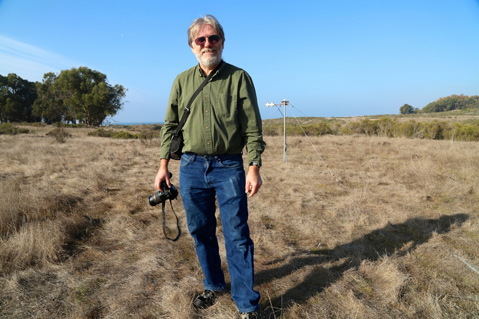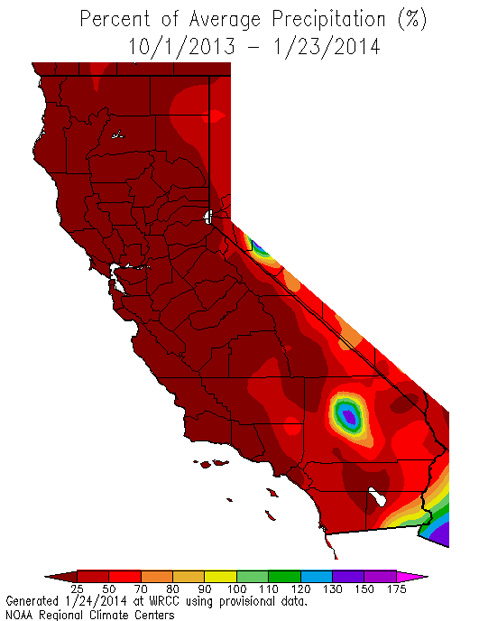It’s So Very, Very Dry
The Living Lab at Coal Oil Point

It doesn’t take a climatologist to tell Isla Vista residents that we are experiencing a drought. All you have to do is look outside. The area is full of dead grass, and verdant pools that are usually full on and off during this time of the year have been empty. Lawns that depend on rainfall to grow lush during the winter are an ugly eyesore.
What does this all mean? UCSB researchers are on the case, gathering information. Coal Oil Point Reserve, which stretches from Isla Vista to Ellwood, is not only a beautiful place to visit; it’s a living laboratory that is being used to study climate change.
Dar Roberts, a UCSB geography professor and department chair, was recently interviewed about the data being collected at the Coal Oil Point Reserve. In a video, he walks through the preserve and describes what he sees. “One of the things that really stands out … is this is really very different than what you normally see this time in January. Normally, in January this would be very lush and green.” He added, “This site looks pretty much what it would look like in August or July. So this is, essentially, summer conditions.”

According to NOAA, the precipitation for October 1, 2013, to January 23, 2014, has been far below normal — something we all know if we look outside at the fields of dead grass. With this type of situation, fires are a real threat. “Unless it rains, we could easily have a fire season that extends all the way from May 2013 through 2014,” Roberts said.
A Way to Monitor Climate Change
Students from UCSB classes visit the reserve on a regular basis to analyze plant life. While it may seem like nothing changes and the landscape is always the same, this is not the case. Roberts said that the plants seen in 2013 were very different than those seen in 2011, a very wet year. “I suspect that, this year, if one were to do that study, first off, all you would see would be dead plants,” Roberts explained. “I suspect that the species mix would be radically different,” he added.
If you walk along the Pond Trail leading directly through the reserve to the ocean, you pass right by one of five climate monitoring stations overseen by the UCSB Geography Department. It is a tall contraption with solar panels and an array of sensors. It measures precipitation, fog, wind speed, temperature, and soil moisture, and has been in use since 2007. While the stations were designed to study climate change, the information can be used to monitor the effects of drought as well.
Drought-Resistant Plants
With state water probably unavailable and Lake Cachuma experiencing lower than normal levels, it looks like Isla Vista residents will have to do with less. This means that conservation will be necessary. Maybe it is a good time to let the lawn die off and put in drought-resistant plants.
While there are those who believe that global warming is a fantasy, there are many others who are gathering information to arm us for the future. Instead of just hypothesizing that things are changing, scientists from UCSB are using locations, such as the Coal Oil Point Reserve, to figure out what is happening. With this knowledge, perhaps we can come to a better understanding of what can be done to protect the beautiful area we live in.



